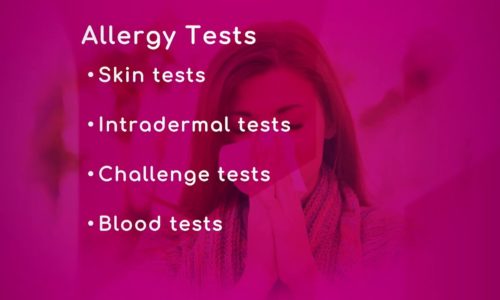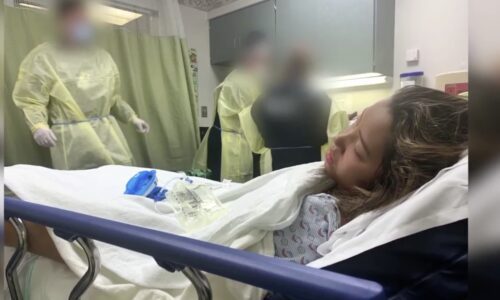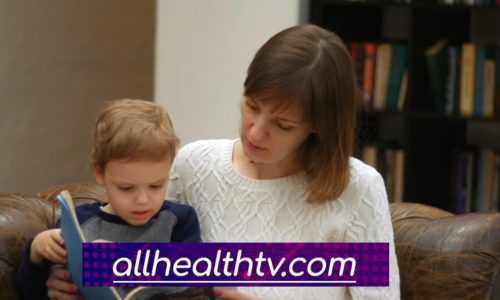Classification of Neonatal Sepsis |
Can neonatal sepsis happen in a baby that has been healthy? Dr. Majd M. Dardas, Neonatal Perinatal Physician with Center for Women and Infants at South Miami Hospital, explains the neonatal sepsis classification: early-onset sepsis, and late-onset sepsis.
Transcript
No doctor correct me if I’m wrong so this neonatal sepsis can happen in a baby that so far has been healthy and this develops yeah so I mean there are two main categories of sepsis that we look into first of all is the early onset sepsis which happens between from birth until up to seven days of life some experts say that early onset sepsis could be only within the first 72 hours so there’s a difference in definition so this one happens at birth and usually these babies are those in that are diagnosed while they are in their birth state initially so within the first 24 to 48 hours they start developing symptoms and were able to diagnose them then they’re late onset sepsis is what we when we have symptoms after seven days of life is there one that’s more common than the other or no I mean it’s it depends when they’re presenting and we’ll talk about the etiology and how each one develops but dr. Dardis is a true if you are diagnosed with neonatal sepsis you have to go straight into the NICU yes absolutely you’re very right so once we have any signs or symptoms that are suggestive of an infection we immediately have to admit the babies to the neonatal intensive care unit and there the babies would have to undergo labs and then we were going to talk about like diagnostic evaluation right and then we initiate treatment we cannot wait until we get the labs back or the cultures back to initiate treatment because time is very sensitive right and delaying treatment could be very detrimental to those behaviors you








